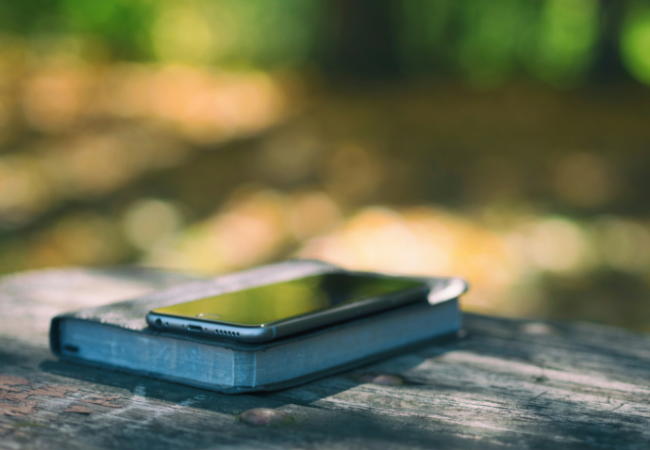
 Researchers from the Tokyo University of Agriculture and Technology created a holographic microscope that you can bring anywhere via smartphone. Free stock photo from Unsplash
Researchers from the Tokyo University of Agriculture and Technology created a holographic microscope that you can bring anywhere via smartphone. Free stock photo from Unsplash
Researchers from the Tokyo University of Agriculture and Technology created a holographic microscope that you can bring anywhere via smartphone.
Most digital holographic microscopes are not suitable for field use due to their reliance on desktop computers.
Fortunately, Yuki Nagahama and her team invented one that is “inexpensive, portable, and useful for a variety of applications and settings.”
Article continues after this advertisement How does this holographic microscope work?Science news website EurekAlert explains holographic microscopes digitally reconstruct holograms to provide 3D information about a sample.
FEATURED STORIES TECHNOLOGY vivo launches V40 Lite with 5000mAh battery covered by 50-month warranty, starts at Php 13,999 TECHNOLOGY Galaxy Buds3 Pro: Delivering tailored sound wherever you go TECHNOLOGY Very mindful, very intuitive: ASUS’ most superior AI PC yet, the Zenbook S 14, empowers you to achieve moreThis method provides scientists with precise measurements of its surface and internal structures. However, existing systems typically require complex optical systems, making them difficult to use outdoors.
READ: Filipino inventor’s keychain microscope wins international design award
Article continues after this advertisementNagahama and her team created a more portable version that works on smartphones. They started by letting it function with fewer data points via band-limited double-step Fresnel diffraction.
Article continues after this advertisementThen, they created a lightweight housing for the optical system using a 3D printer and developed an Android app to reconstruct the system’s holograms.
Article continues after this advertisementThe holographic microscope generates a reconstructed image on the image sensor of a USB camera built into the optical system.
Users could observe them via their Android smartphones, which provide real-time computational image reconstruction. Also, they can “pinch’ their screens to zoom in and view parts in greater detail.
Article continues after this advertisementREAD: Skin cancer soap earns US teen award
The tool could create images of samples like a cross-section of a pine needle. Moreover, Nagahama explained why she and her team created this technology:
“When I was a student, I worked on portable digital holographic microscopes, which initially used laptops as the computing system.”
“With the rise of smartphones, I began exploring their potential as computing systems for broader applications and considered leveraging them for tasks like removing artifacts from observed images, which ultimately shaped the development of this microscope.”
Nagahama added that their invention could have numerous medical, educational, and research applications worldwide.
Subscribe to our daily newsletter
For exampleboo casino, it could help a researcher diagnose sickle cell disease or aid a student in observing living organisms.
TOPICS: microscope, Smartphone READ NEXT The Earth will have a ‘second Moon’ for two months Gauzy AI driver assistance system for commercial trucks upcoming EDITORS' PICK WPS: US missile deployment to PH key for combat readiness – US general LIVE UPDATES: Tropical Storm Kristine QC Mayor Belmonte highlights social services in State of City Address Heart Evangelista: Woman to woman, I never had a problem with Pia Wurtzbach SC issues TRO vs Comelec resolution on dismissed public officials WPS: US missile deployment to PH key for combat readiness – US general MOST READ SC issues TRO vs Comelec resolution on dismissed public officials Tropical Storm Kristine slightly intensifies; Signal No. 2 in 5 areas Walang Pasok: Class suspensions on Wednesday, Oct. 23 LIVE UPDATES: Tropical Storm Kristine View comments